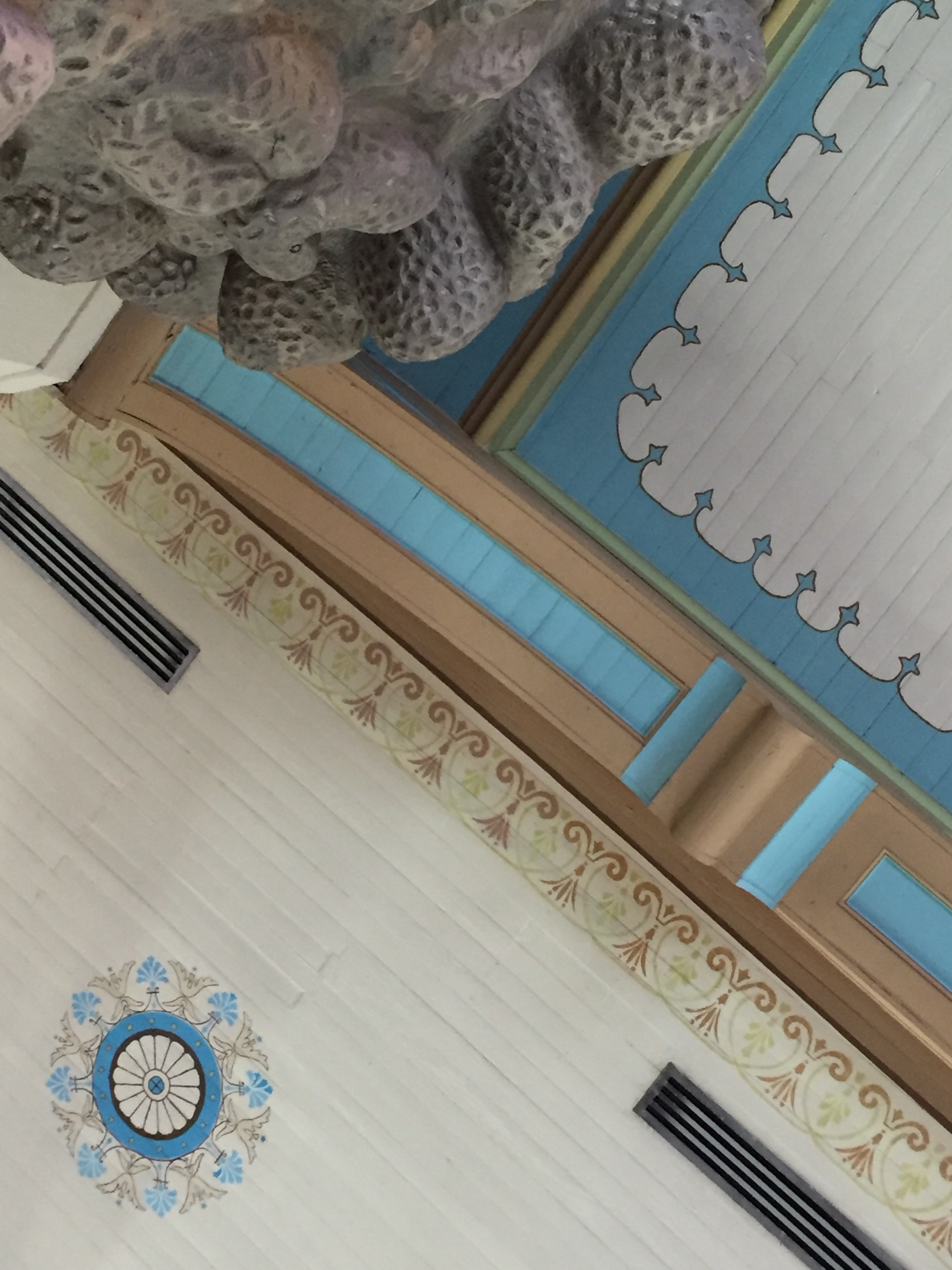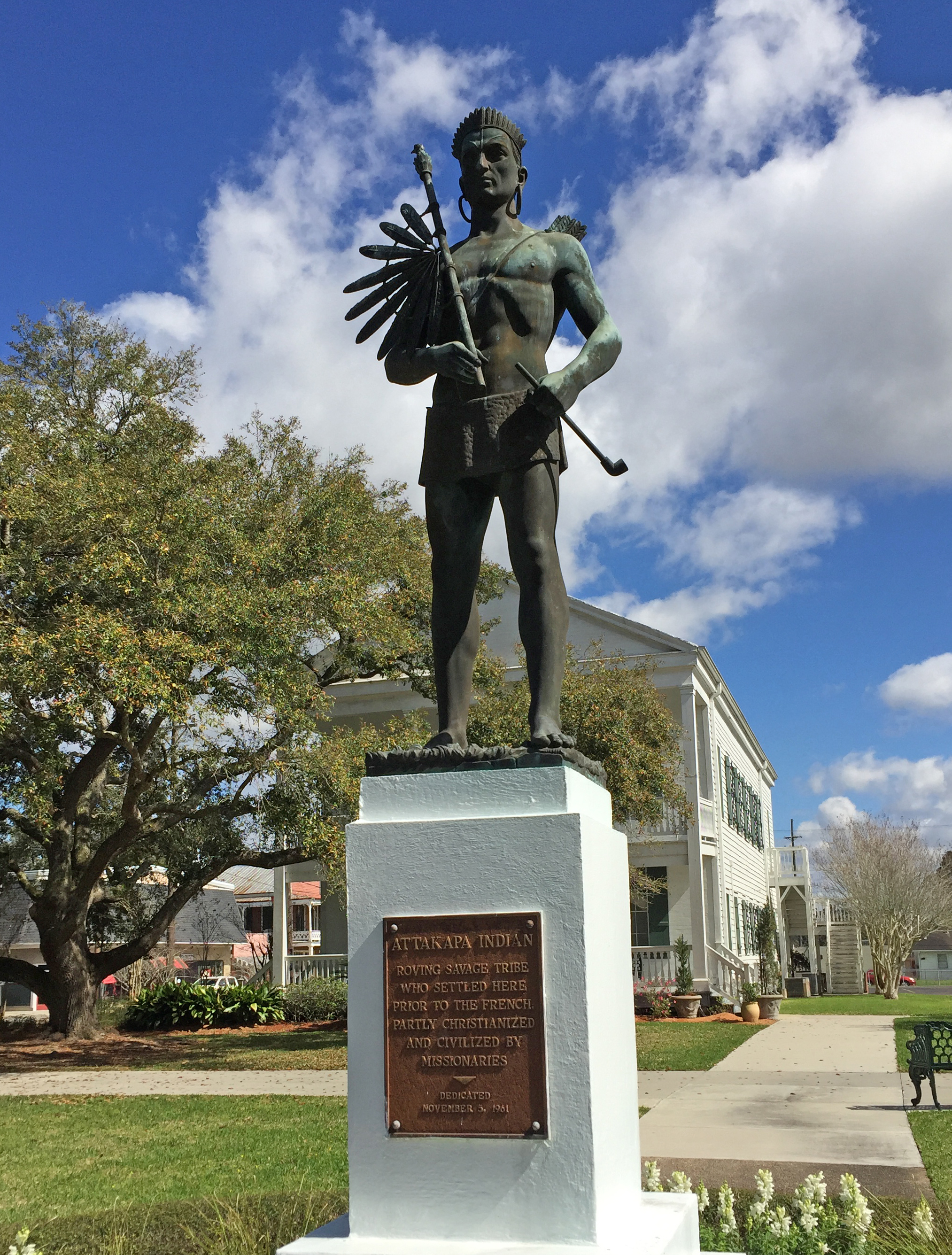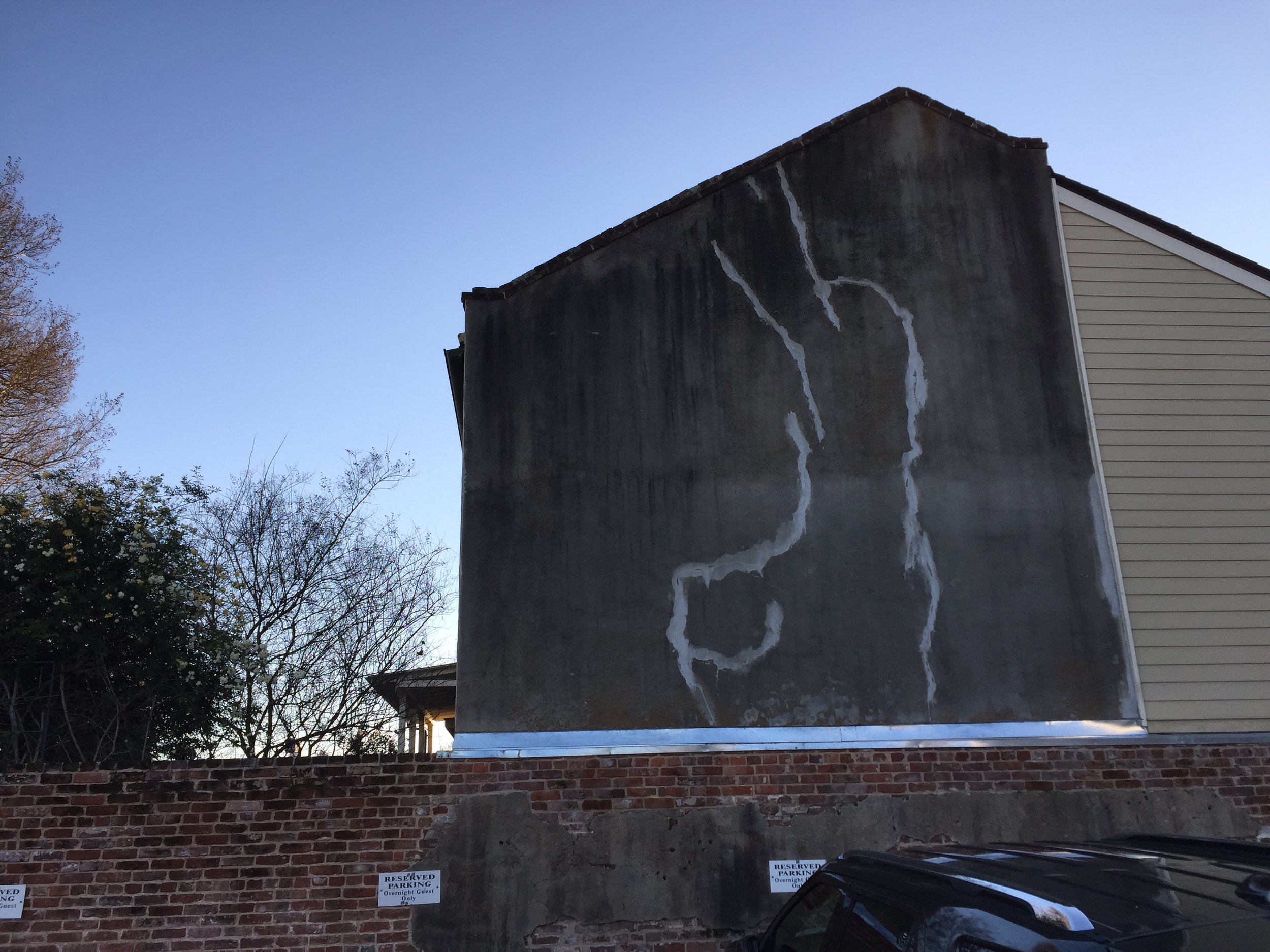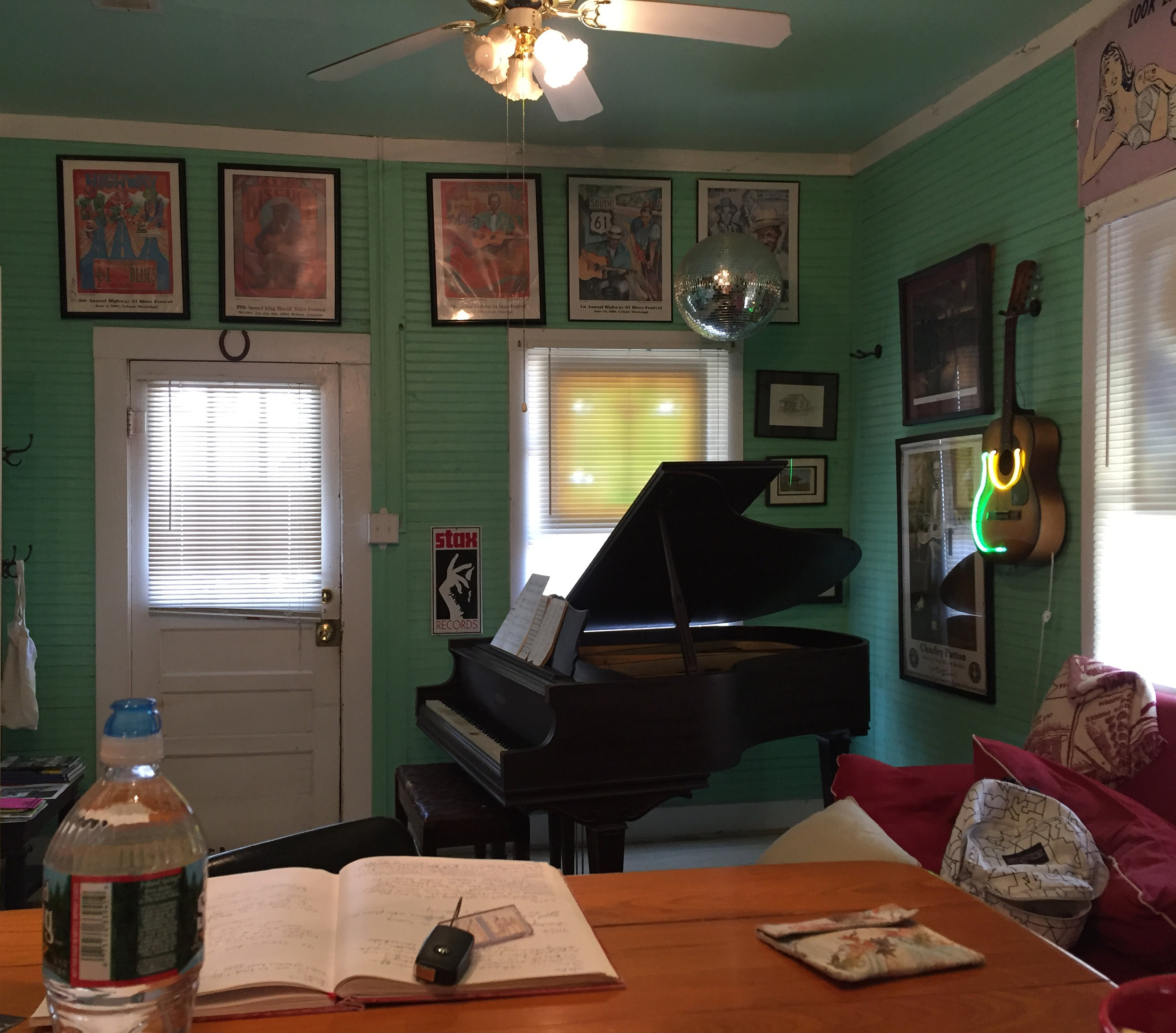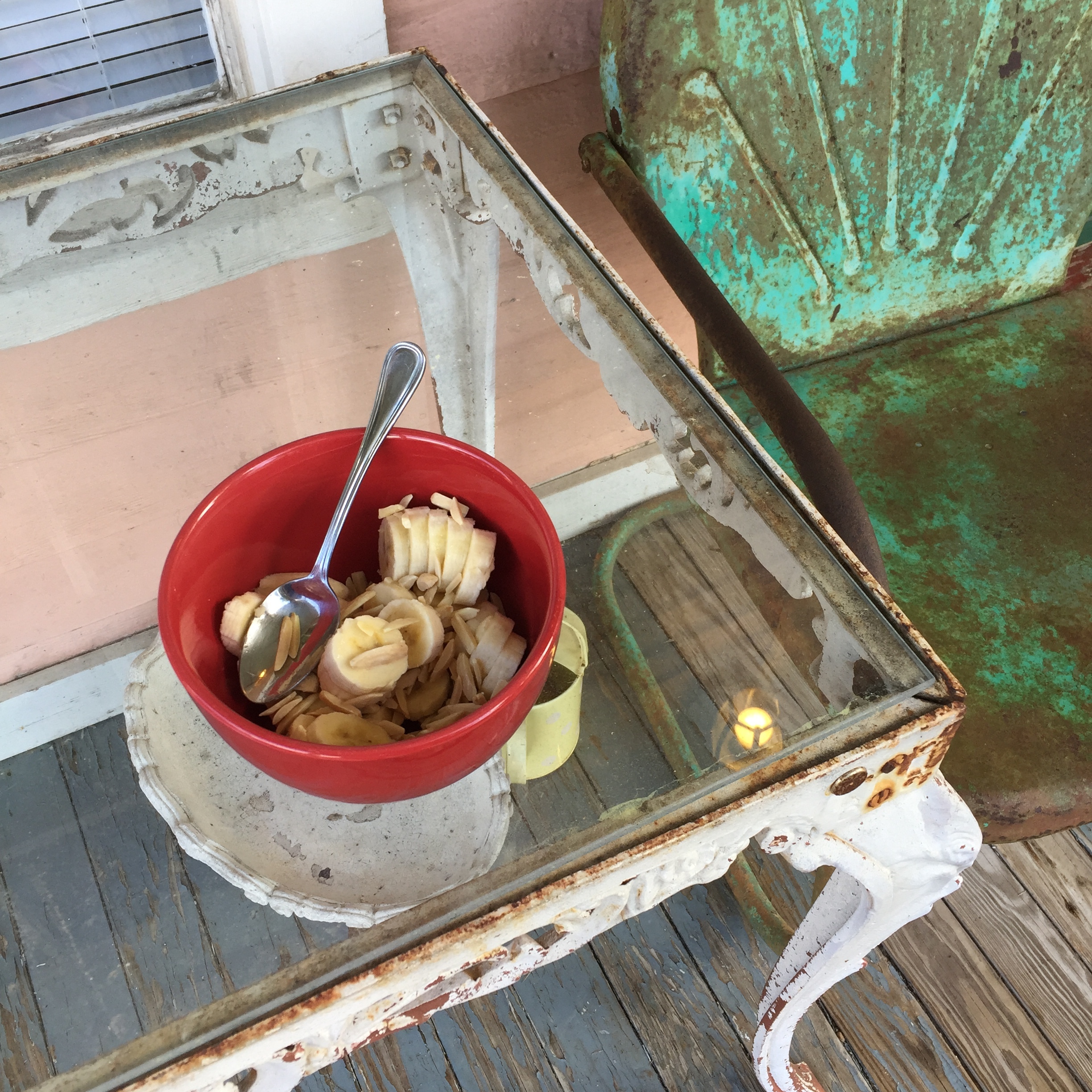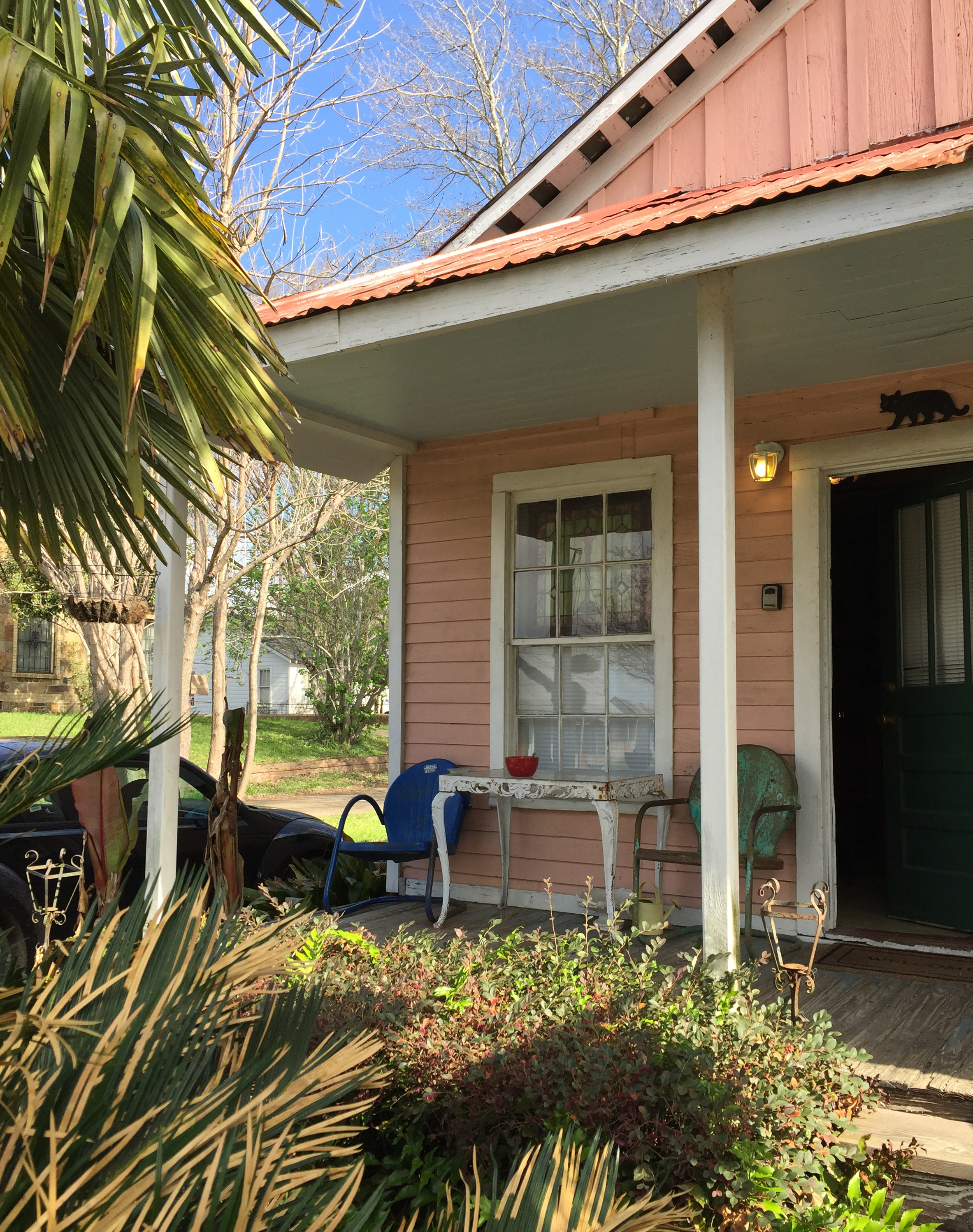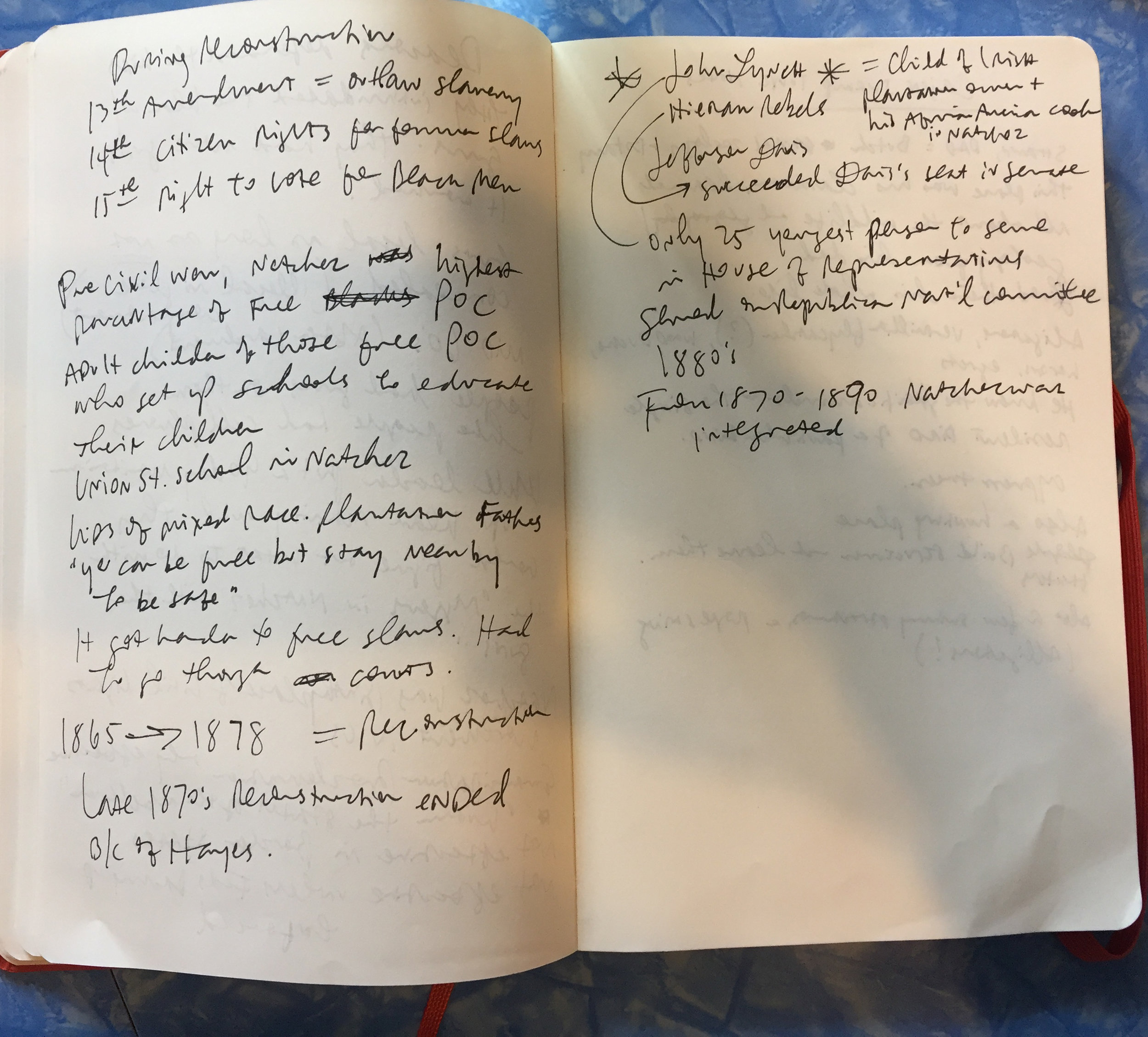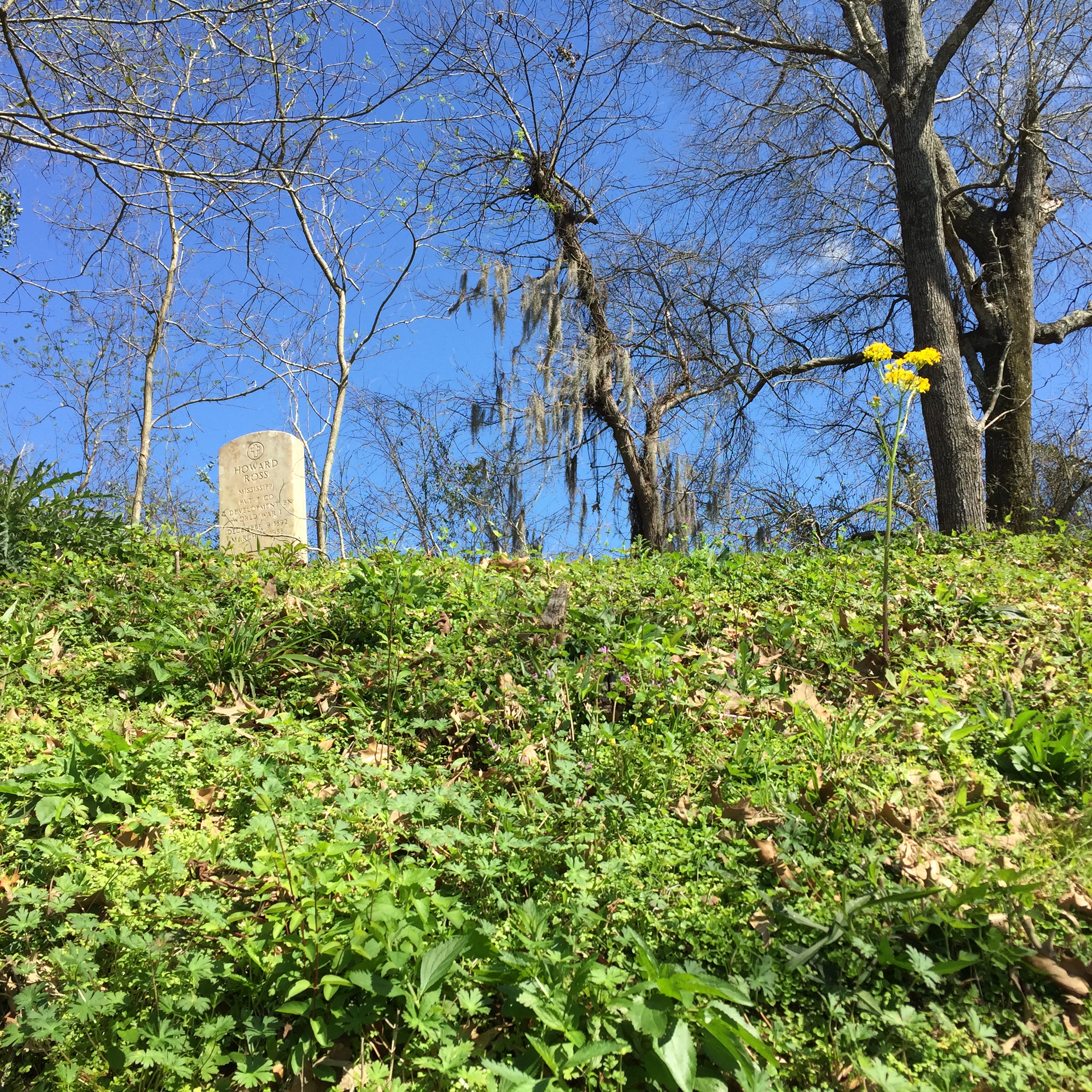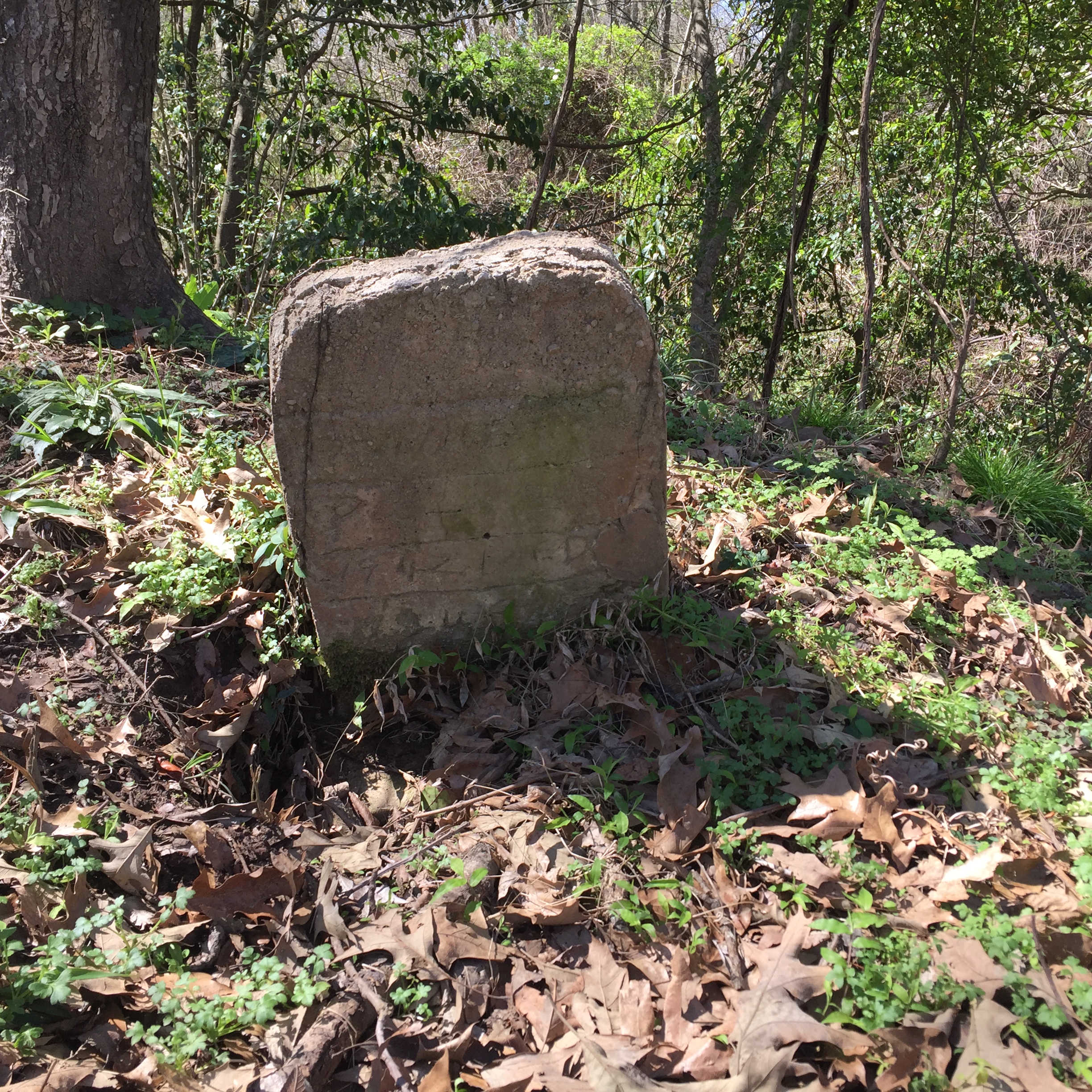Travels with Charley is John Steinbeck’s memoir of his road trip around the U.S. with his big poodle Charley in 1960.
“We could not go fast because of the ice, but we drove relentlessly, hardly glancing at the passing of Texas beside us… We stopped for gasoline and coffee and slabs of pie. Charley had his meals and walks in gas stations… The blue-fingered man who filled my gas tank looked in at Charley and said, ‘Hey, it’s a dog! I thought you had a nigger in there.’ And he laughed delightedly. It was the first of many repetitions. At least twenty times I heard it - ‘Thought you had a nigger in there.’ It was an unusual joke - always fresh - and never Negro or even Nigra, always Nigger or rather Niggah. That word seemed terribly important, a kind of safety word to cling to lest some structure collapse.
And then I was in Louisiana, with Lake Charles away to the side in the dark, but my lights glittered on ice and glinted on diamond frost, and those people who forever trudge the roads at night were mounded over with cloth against the cold… I scudded on toward New Orleans… So, well on the edge of town I drove into a parking lot. The attendant came to my window. ‘Man, oh man, I thought you had a nigger in there. Man, oh man, it’s a dog. I see that big old black face and I think it’s a big old nigger.’
‘His face is blue-gray when he’s clean,’ I said coldly.
‘Well I see some blue-gray niggers and they wasn’t clean. New York, eh?’
It seemed to me a chill like the morning air came into his voice. ‘Just driving through,’ I said. ‘I want to park for a couple of hours. Think you can get me a taxi?’
‘Where you from?’ the driver asked with a complete lack of interest.
‘Liverpool.’
‘Limey, huh? Well you’ll be all right. It’s the goddamn New York Jews cause all the trouble.’
I found myself with a British inflection and by no means one of Liverpool. ‘Jews - what? How do they cause trouble?’
‘Why, hell, mister. We know how to take care of this. Everybody’s happy and getting along fine. Why, I like niggers. And them goddamn New York Jews come in and stir the niggers up. They just stay in New York there wouldn’t be no trouble. Ought to take them out.’
‘You mean lynch them?"‘
‘I don’t mean nothing else, mister.’”
- John Steinbeck, Travels with Charley, 1962











